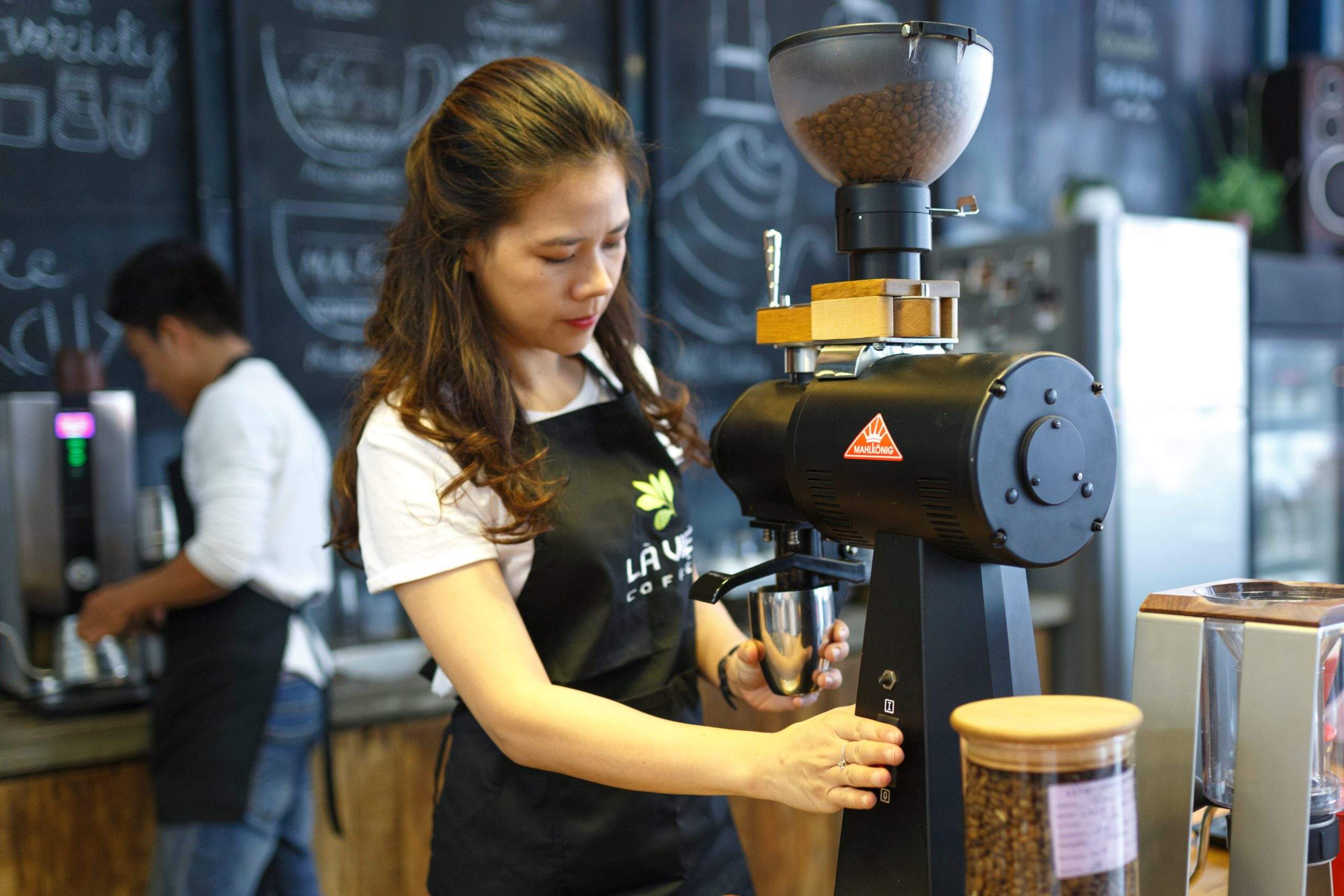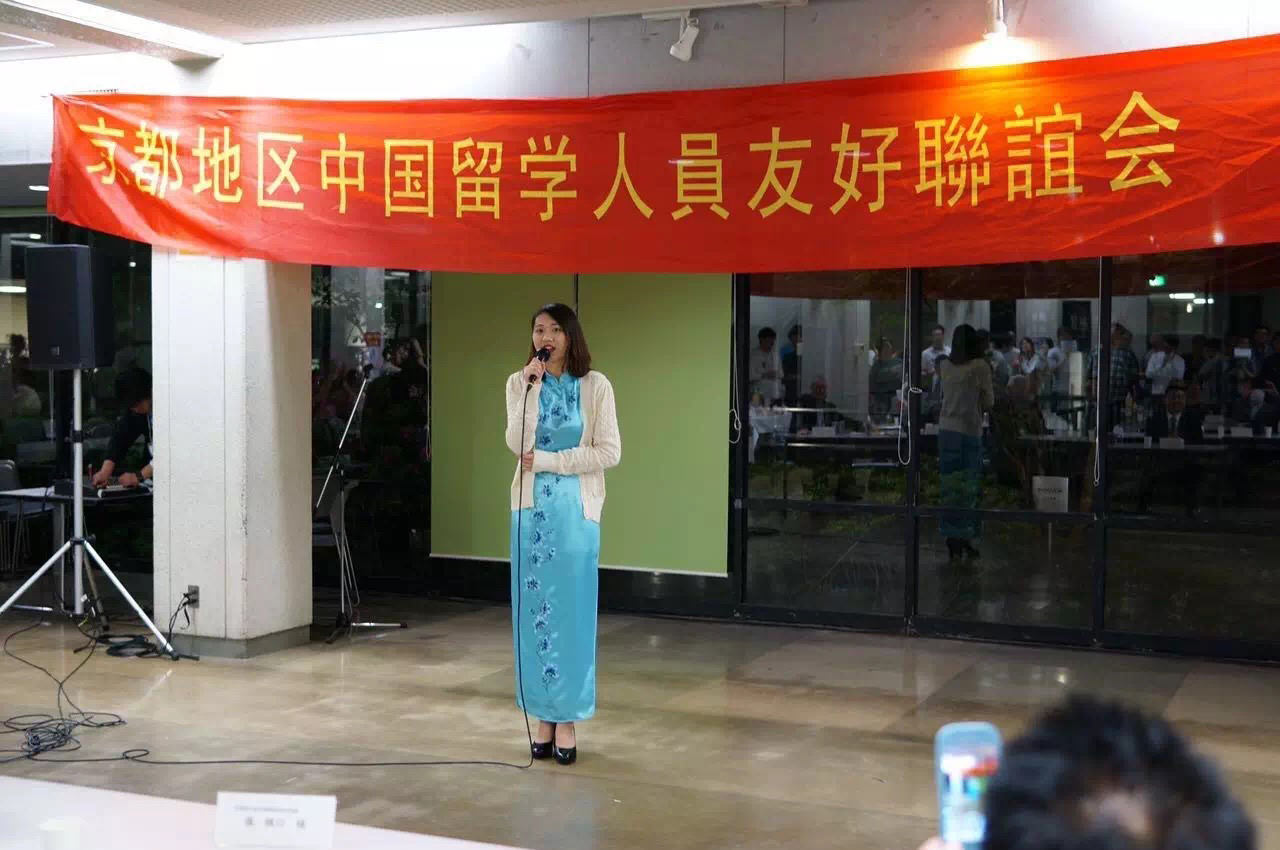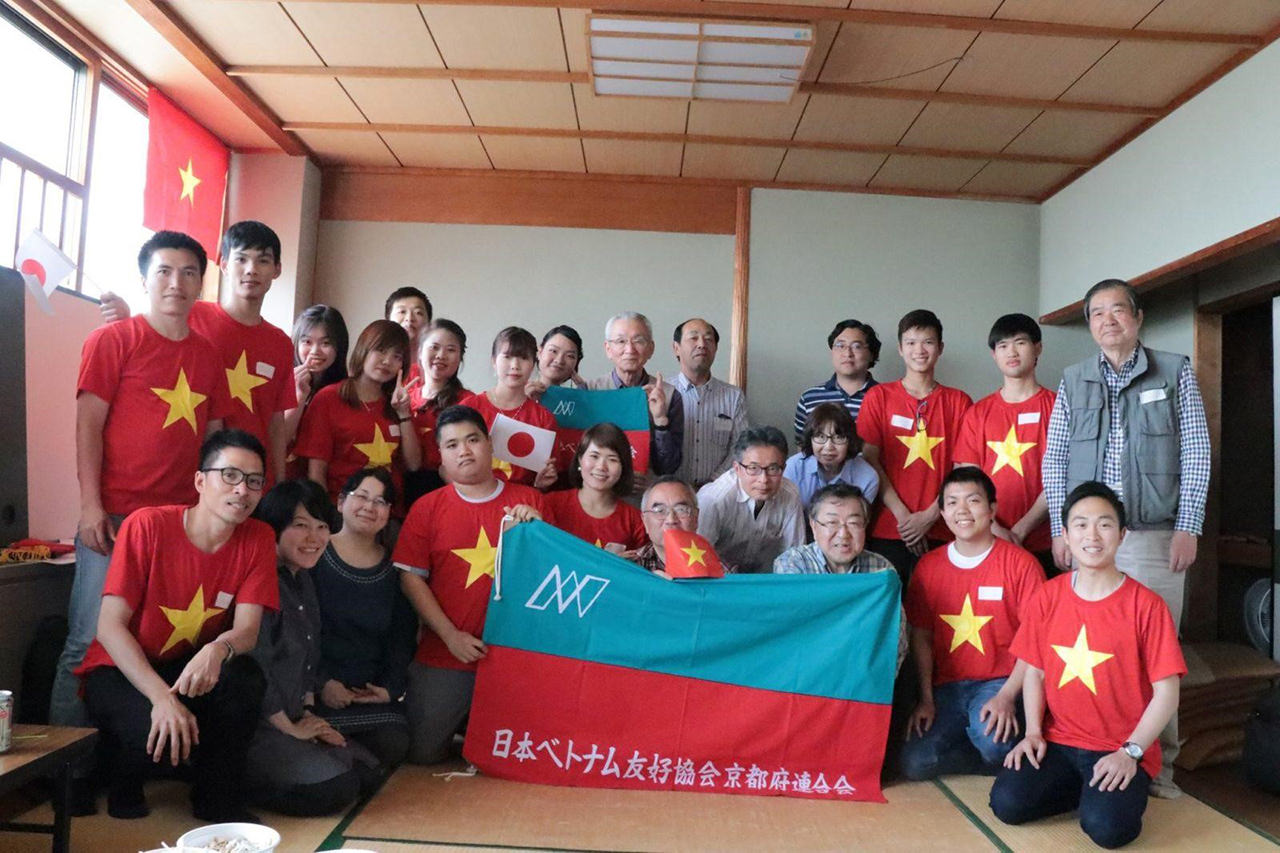Warming up to the old and learning the new: International students visit one of Kyoto’s kiyomizu-yaki pottery kilns!
2020.02.04
The changing shape of culture
After our tour of the workshop, the 4th generation president of Touan came to see the international students, and spoke about Touan and pottery culture.
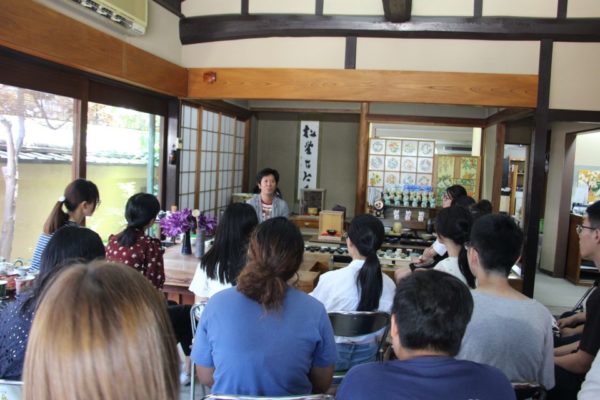
An explanation of “constantly changing pottery” made the greatest impression on me.
Similar to the Japanese tendency to “adapt new things to Japan,” pottery has changed and been greatly affected by the influence of different people and cultures, like China, since its creation in Japan 16,000 years ago. The president explained that the development of pottery in Kyoto also shares these characteristics of change.
He explained that Kyoto’s pottery culture was born 400 years ago with the rise in popularity of tea ceremony. In order to make the vessels used in tea ceremony, artisans and techniques were brought to Kyoto not just from across Japan, but from across the world.
Pottery styles from other parts of Japan each have their own unique qualities, but in Kyoto, these unique qualities vary from kiln to kiln. This is a reflection of Kyoto’s historical status as a “city where new people and techniques gather together.”
Touan originally produced “onigawara” traditional roof ornaments, but as people’s needs have shifted over time, the kiln has come to produce mostly kyo-yaki and kiyomizu-yaki tableware.
One of the potters showed us a ceramic fragment, explaining that, “We’re still searching to find the most beautiful colors, so we keep experimenting with metals and different temperatures to see what brings that color out the most.” I think we were able to see a bit of how this pottery culture changes through the ages, with the repetition of this kind of trial-and-error..
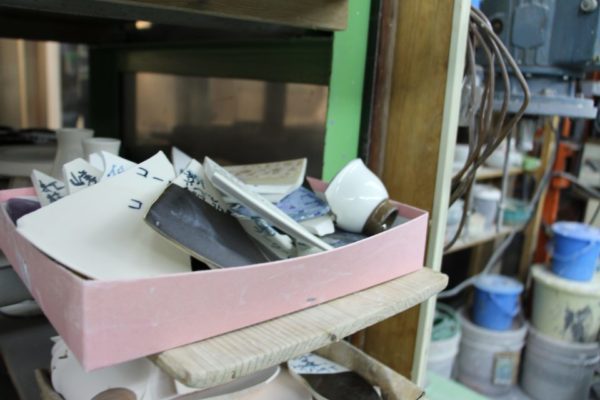
Touan has also hired a Chinese salesperson this year, and the kiln says it is trying to market to foreign tourists as well. I feel like it’s like this kind of new challenge that can keep this art form developing, and carry it on to future generations.
Things that change, and others than stay the same
Though kyo-yaki and kiyomizu-yaki pottery have changed and adapted over time, there is also something essential about them which hasn’t changed, their greatest appeal: their cultural value.
After we heard from Mr. Dobuchi, Touan’s president, an international student asked him, “In this age of mechanization, do you have any plans to use machines in your manufacturing process in the future?”
To this, Mr. Dobuchi replied, “A potter’s skill isn’t something with numerical value. Each piece has its own individual thickness and other qualities—a variety of unique points that make it difficult to mechanize.”
Though in this day and age, it’s possible to produce a large quantity of products through mechanization, I was impressed that Touan has established itself as a producer of ceramics made with “the hand-made talents of the potters, which are impossible for a machine to replicate.”
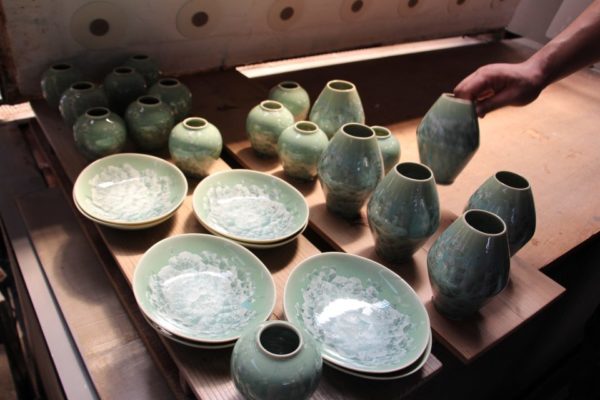
Once the tour was over, many of the international students said that they, “didn’t know much about pottery until they got to see it for themselves, but that they were moved by the skill of the potters they saw, making each piece by hand.”
Kyo-yaki and kiyomizu-yaki pottery continue to change, even with their roots across the world.
With their roots across the world, the international students, too, continue to learn about new things.
Though they might seem at first to be very unrelated, the international students were able to find many points of connection to kyo-yaki and kiyomizu-yaki on this tour, and I thought it was packed full of hints for thinking about the future of the traditional arts.
Warming up to the old to learn about the new
These words mean learning about things from the past in order to gain new knowledge or points of view.
Kyoto is full of the “old,” so there’s still so much we can learn and examine to apply past knowledge to the future.
When starting out on a new journey as a student, I think there are many who go into the process thinking they’d like to “change themselves,” “grow as people,” or “try something new.”
That sounds like the perfect kind of moment to get involved with some of Kyoto’s “old” culture.
(Text: Moeka Nishiyama, Doshisha Women’s College of Liberal Arts, Representational Culture Department)
(Photos: Amane Kimura, Ritsumeikan University, Industrial Society Department)
Original text: Koto College






